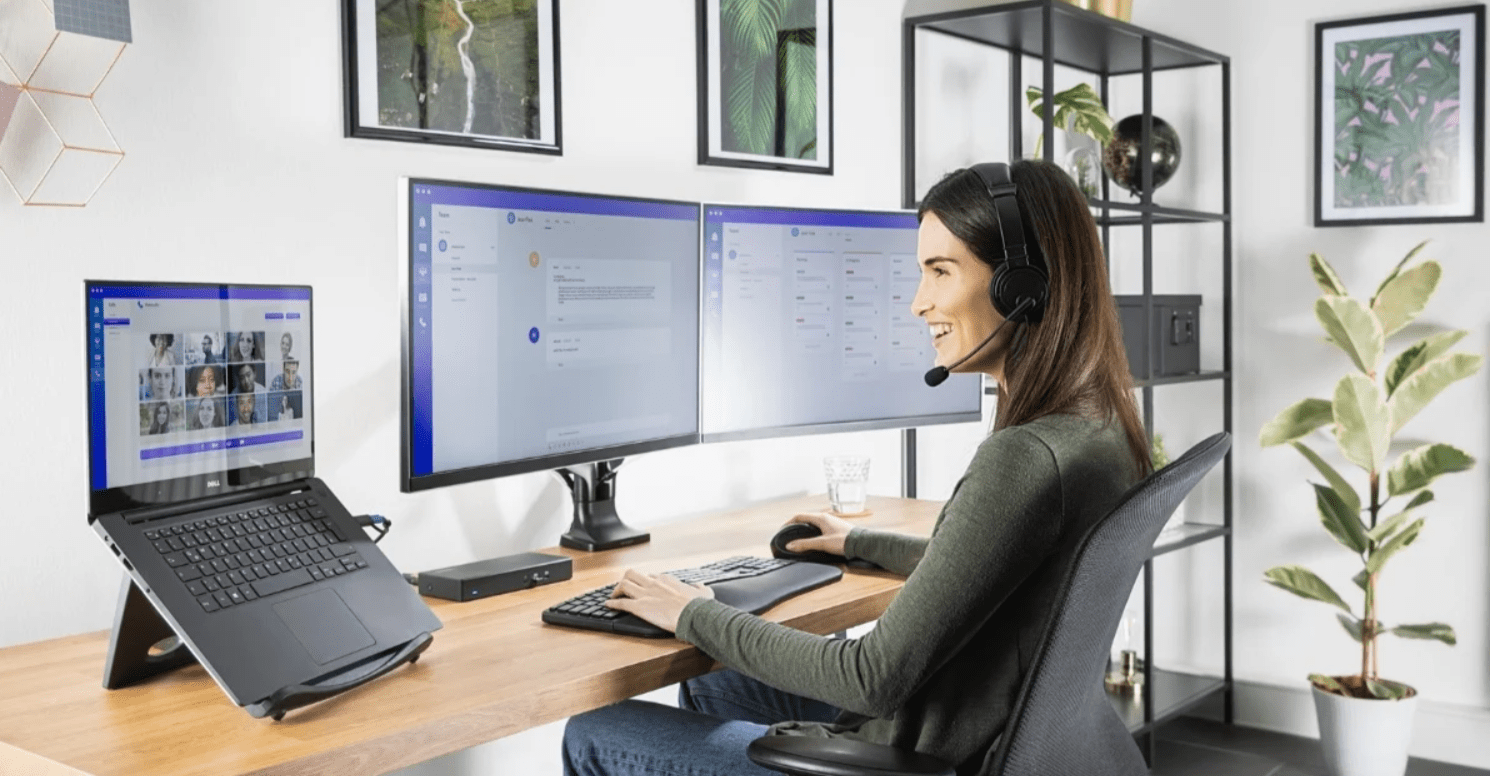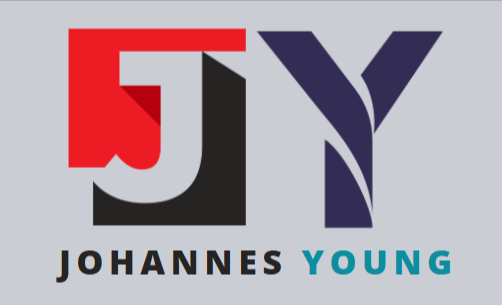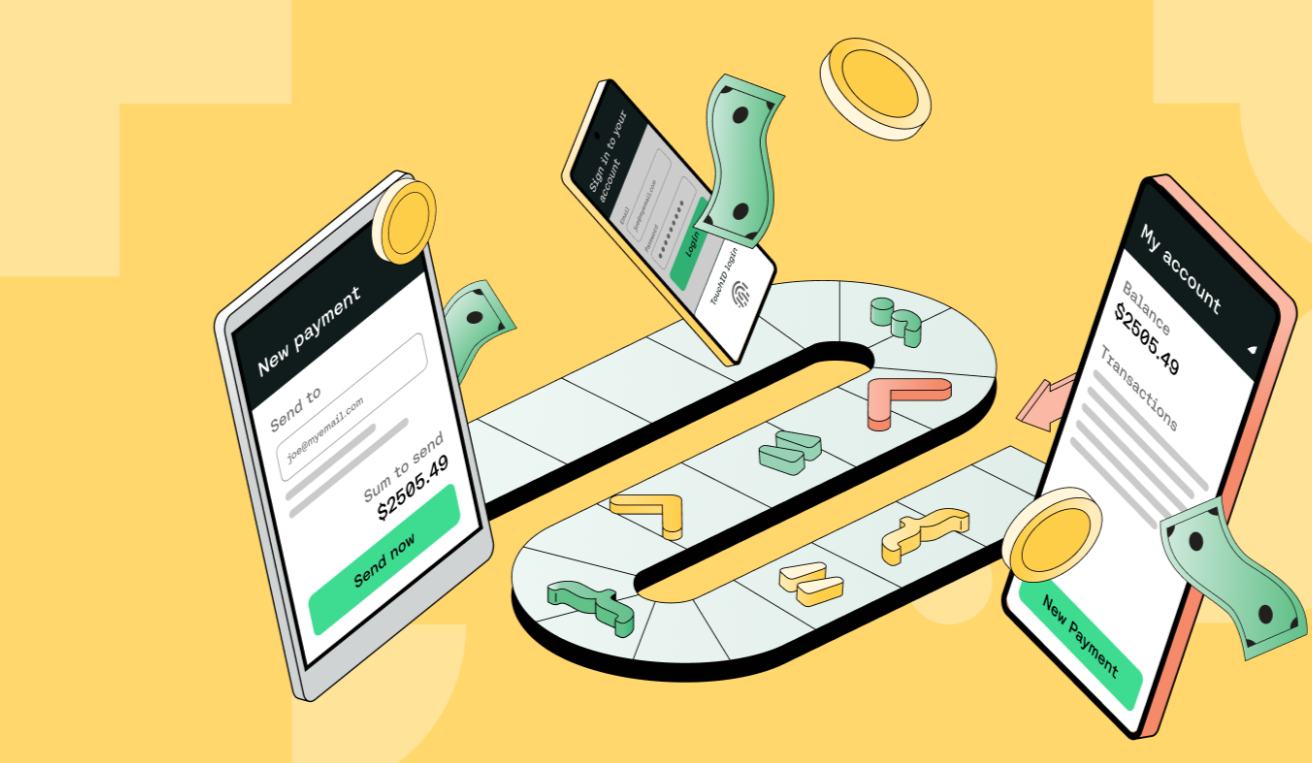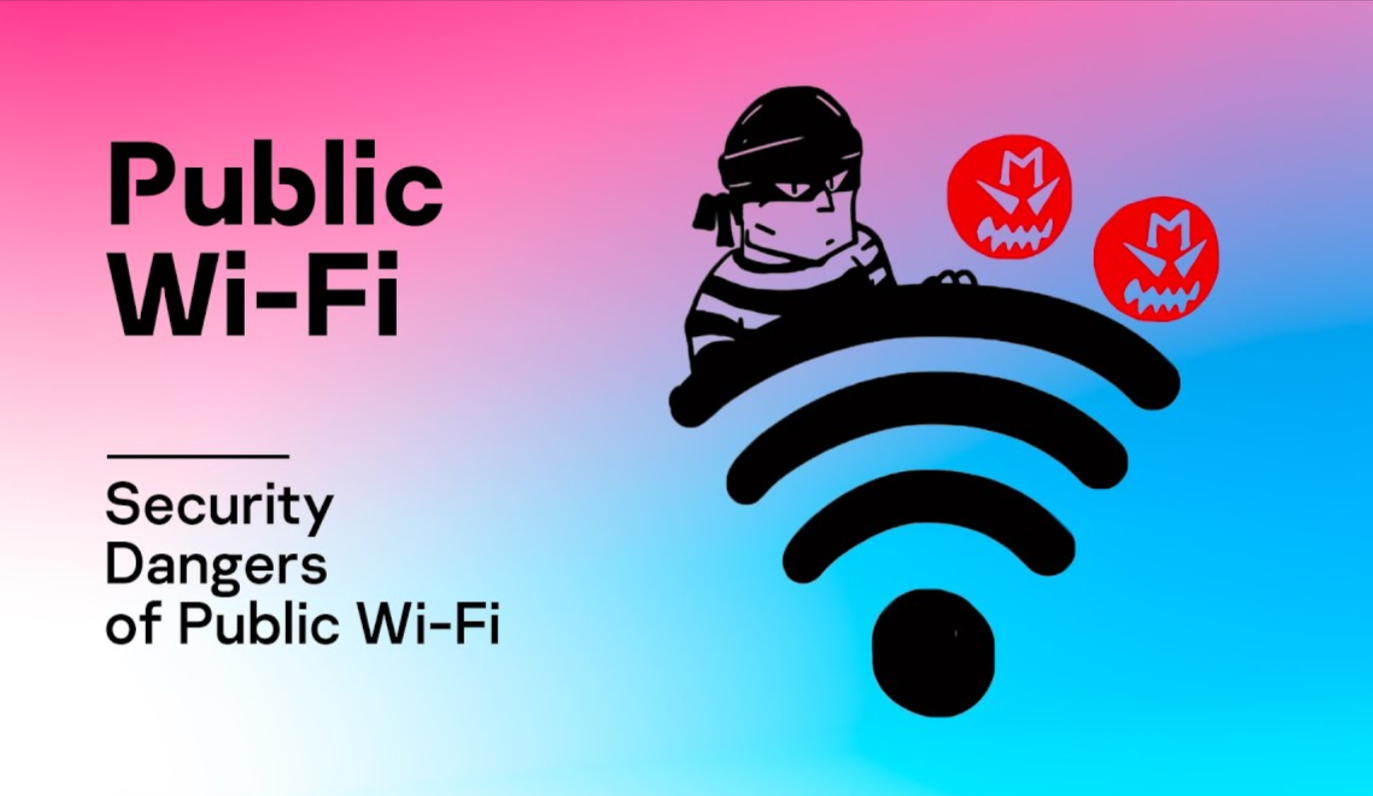How to Set Up a Secure Home Office for Remote Work

Undoubtedly, it has become very necessary now to have a completely furnished home office that will be safe for all to engage in remote work internationally. WFH for many sounds like flexibility and comfort, but it has its downside in terms of its distinct cyber security risks. This is better understood against the backdrop of the fact that home networks do not have the same level of security as corporate offices. That is when you will find cyber criminals preferring to target a work-from-home employee in a home office. A secure home office guarantees that your data, devices, and online communications will be threats-free.
This guide explains everything on how to set up a secure home office-from equipment to cybersecurity best practices for remote working.
1. The Right Workspace
1.1 Choosing a Private and Secure Location
Finding a location is the first place in the security setup of home offices. A couple of directives will help guide the choice of site for work.
Private: Do not work in an area where the family or guests can access your working computer.
Quiet: A place without distraction helps max focus and productivity.
Physically Secure: Use it, if at all possible, such that a lockable door would protect against unauthorized access to your work equipment.
1.2 Physical Security Setup
The work data even at home may be very sensitive and easily endangered. For boosting physical security:
Lock valuable documents and external storage drives in a lockable desk drawer or in a go-down.
Thwart visual hacking using views outside my window or other places open through keeping my display away from visibility.
Cameras for security can even be put in place where relevant, particularly if shared space exists or living in an apartment complex.
2. Your Internet Connection
2.1 Strong Wi-Fi Password Use
Wi-Fi network is your home office gateway; so, securing it is the prime thing here. Do the following to secure your connection:
- The strength of a unique password must not be less than 12-16 characters and should mix letters, numbers, and symbols: he be used.
- Most of default routers are using the credentials to log in where the default username and passwords are publicly available online.
- Disable WPS since it is easily hacked (WPS- Wi-Fi Protected Setup).
2.2 Enable Network Encryption
Set the encryption for your Wi-Fi security to WPA3 (or WPA2, if the former is not available) to encrypt traffic on your network.
WEP should not be used, it is just too easy to break.
2.3 Create Another Network for Work
You need to create a guest-only network on the router that uses only work devices.
Then your personal devices cannot put your work network at risk.
2.4 Make use of a Virtual Private Network (VPN)
VPNs provide shelter to internet traffic from hackers' surveillance in order to secure your private information. Always use corporate VPN if provided by your employer. If your employer does not provide a VPN, go for a trustworthy one.
3. Asset-Security Measures
3.1 Password Security and MFA
Use a password manager to generate secure passwords; store these in it.
Enable MFA on all of your accounts for an extra layer of security.
3.2 Keep Device and Software Updated
Keep an eye on the updates and happenings in your OS, applications, and firmware to ward off any damage.
Automation should be the buzzword for these updates; it should run automatically if set for automatic updating to help in safeguarding.
3.3 Antivirus and Anti-Malware Tools
There are many antivirus such as Avast, Avira, Bitdefender, Norton, McAfee that can be used because of the name of the supplier and the satisfaction from customers. The user might want a leading name in free or paid products on the market: Malwarebytes, Kaspersky, Symantec, TrendMicro, ESET.
Regular scanning will detect malware, spyware, and ransomware.
3.4 Security Measures for Work Computers
Please keep clear from using personal machines when not totally required.
Only use the firm's machine for business purposes when provided by the company.
Using either Windows Bitlocker or Mac OS FileVault will encrypt the entire hard drive to safeguard your data in case it is stolen.
4. Protection of Online Communication and Collaboration
4.1 Secure Communication Channels
Your work communication platforms should ideally offer end-to-end encryption. Try the following secure services:
Messaging: Signal, WhatsApp (for casual);
Video Conferencing: Zoom (with encryption), Microsoft Teams, Google Meet
Email: ProtonMail, Outlook (with more robust security settings)
4.2 Be Cautious with Emails and Links
Do NOT open unsolicited emails or any attachments if you are questioning the origin.
Hover-helpful exercise: Line up your cursor with the suspicious link first if you ever should open an email with an uncertain behavior or a message asking you to click a particularly suspicious link. Try verifying the email ID and actual domain name to ensure legitimacy.
4.3 Use Secure Cloud Storage
Opt For a Local Storage-Avoid Global Online Servers-With Encryption for Files using a Secure Cloud Storage Solution. ,
Google Drive (must be secured with 2FA)
Dropbox Business
OneDrive (only with encrypted folders for files)
Extra Tip: Deploy ransomware protection on your cloud to shield your files in emergencies of ransomware encryption.
5. Safe Physical and Electronic Data Handling
5.1 Data Backups
For this, keep backing up any important work stuff so you never have to get caught up in data loss.
Using:
External hard drives [encrypted]
Cloud back-ups [Backblaze or iDrive]
Emphasize The 3-2-1 Rule:
3 copies of the data must be maintained.
2 diverse types of media (cloud and external drive).
One of the copies has to be stored offsite in an event of a disaster or cyber threat.
5.2 Automatically Lock the Screen When Not Used
Your computer should ideally lock after some undisturbed minutes of inactivity.
You may use the Windows + L key combination for Windows and Command + Control + Q key combination for Mac as a manual lock.
5.3 Securely Disposing of Sensitive Documents
Shred physical papers before disposing of them.
Make use of file-wiping software to permanently erase sensitive digital files.
6. Lifestyle for Cybersecurity
6.1 Knowledge of Social Engineering Attacks
Cybercriminals more often than not are the ones tricking the user to disclose sensitive information. Beware of:
Phishing email – Fake emails that appear to come from a trusted source.
Vishing or voice phishing – A fraudulent phone call by someone posing as an IT support person.
Smishing or SMS phishing – Suspicious SMS messages that contain links to malware.
6. 2 No Public Wi-Fi While Working
Public Wi-Fi is not secure at all and one of the friendly domains for cybercriminals. When using it:
Make sure to use a VPN to encrypt your internet traffic.
Refrain from logging into any sensitive work accounts.
6.3 Keep Learning Cybersecurity Good Practices
Set your station to be in a good way regarding following great sources to keep a lookout for threats regarding cybersecurity:
Cybersecurity blogs (Krebs on Security, Dark Reading).
Online courses (Coursera, Udemy cybersecurity courses).
Keeping an update will help with staying ahead of cyber threats.
Conclusion
Making a secure home office means so much more than just providing you with the comforts of an office. It is necessary to be laid down as a strong foundation for cybersecurity against threats posed to your data, devices, and communication channels.
By conforming to the recommendations and best practices contained in this guide, Wi-Fi would be secured, strong passwords would be in place, the use of multi-factor authentication would be in effect, and timely updates would be done on devices. All of these will create a working, efficient environment without jeopardizing security from home.


